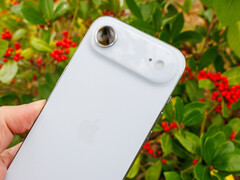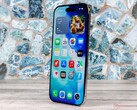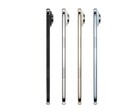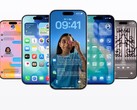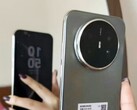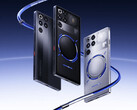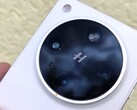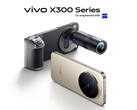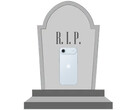The Apple iPhone Air is certainly the most exciting smartphone from the Californian company in years. With its slim design measuring just 5.64 millimeters thick, it is currently the slimmest smartphone on the market. However, the slim design also means compromises: the battery is smaller, there is only one camera, only USB 2.0, no physical SIM card slot, and only one speaker. Compared to the iPhone 17 Pro, the savings amount to only $100 in the RRP, and an iPhone 17 is even $250 cheaper.
The smaller battery is not that serious in itself, as it is similar in size to the battery in an iPhone Xs Max (2018, 3,174 mAh) or the iPhone 13 Pro (2021, 3,095 mAh). The battery life of the iPhone Air is even significantly better than that of the Xs Max and only slightly weaker than that of the 13 Pro. Compared to the current iPhone 17 or iPhone 17 Pro, however, the Air falls significantly behind and also lasts less time than the S25 Edge, which is based on a similar concept.
The iPhone Air's USB 2.0 port also does not offer wired image output. Both of these features are a no-go for a smartphone in this price range. The camera also has significant limitations: the only sensor is the weaker one from the iPhone 17; Apple should have at least included the one from the Pro model.
At least this applies to the chipset: the A19 Pro is currently the fastest SoC from the Californian company, but with a weaker GPU. Due to the poorer cooling, the performance even falls behind the nominally weaker A19 in some areas – which is a shame.
So is the iPhone Air worth the money? Not at the full MSRP – at least from a technical standpoint, the limitations are simply too great. But the smartphone is now available at a lower price. So it remains a matter of taste, and anyone who has held the iPhone Air in their hands will quickly appreciate it.
Source
Apple iPhone Air review




